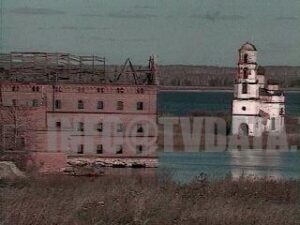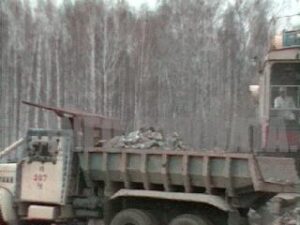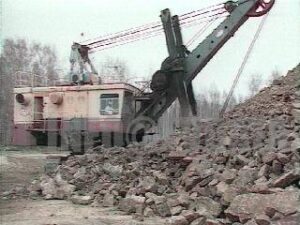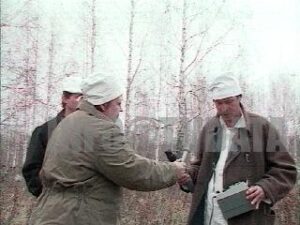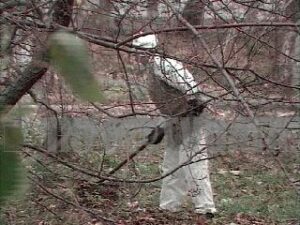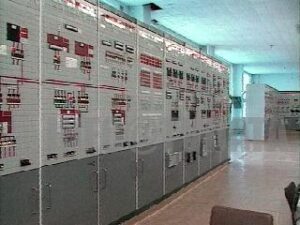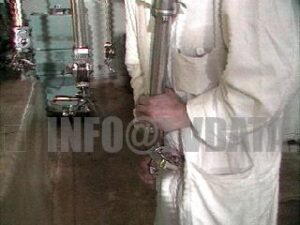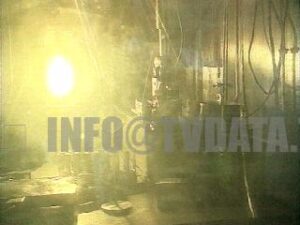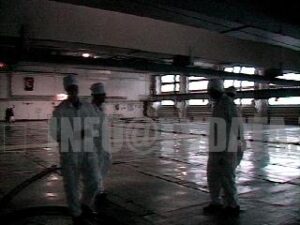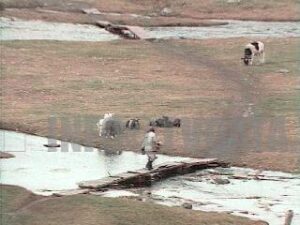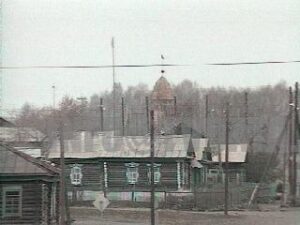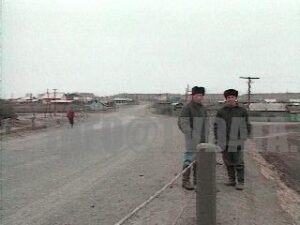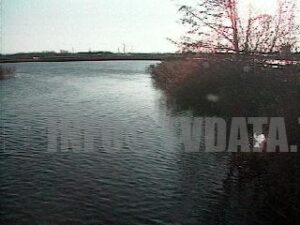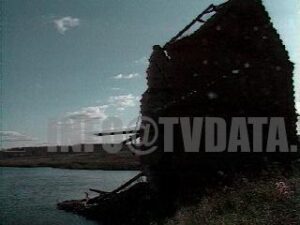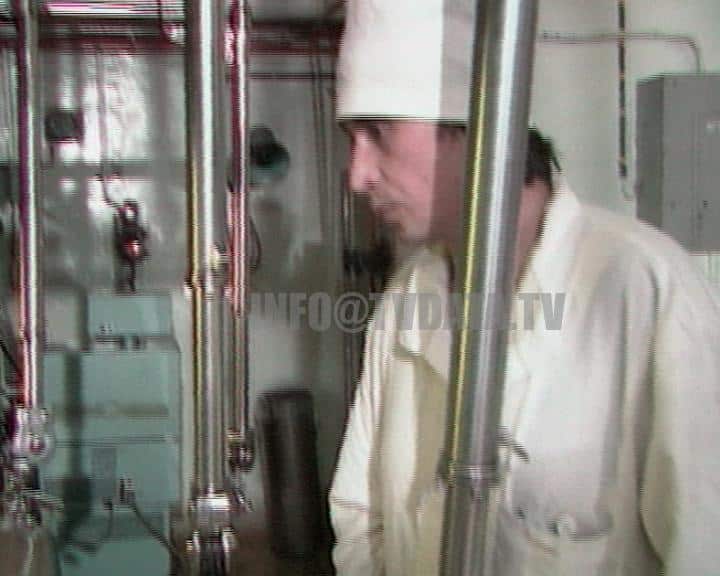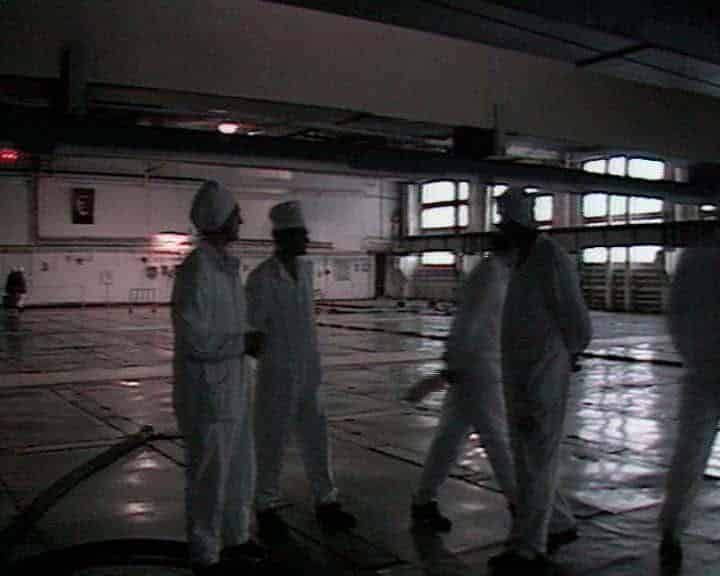
Mayak Nuclear Plant and Chelyabinsk-40: Archival Footage from 1957 Disaster
This Betacam SP tape, labeled “E11,” showcases rare archival footage filmed at the Mayak nuclear plant in the secret city of Chelyabinsk-40 (now Ozersk), Russia. Recorded on September 29, 1957, the video captures the immediate aftermath of the Kyshtym disaster, one of history’s most severe nuclear incidents. The footage actively documents the locked cities of Chelyabinsk, highlighting the Mayak plutonium production site, where the catastrophic event unfolded. This original stock footage serves as a crucial historical record, illustrating the Soviet Union’s nuclear program and its profound environmental and human impacts.
Once a secretive city Chelyabinsk-65 situates near the Mayak plutonium factory. Russian authorities want to find out how many people aged over 65 survived—the surrounding area was damaged by radioactivity. According to the last official statement, 1000 people dead. But Russian experts estimate the number to be much higher. The clarification takes a long time.
Rare footage inside the Mayak Nuclear Plant facility in Russia USSR
The East Ural Reserve stands out as a unique and remarkable conservation area, created not to safeguard nature from human influence, but to safeguard humans from the lingering effects of radiation. It is one of only two such reserves in the world, the other being Polessky in Belarus. Both reserves were established in the aftermath of the world’s worst radiation disasters, at Chernobyl and the Mayak chemical plant in the Chelyabinsk region. The East Ural Reserve serves as a vital hub for scientific research into the long-term effects of radiation on the environment, providing invaluable insights into the resilience and adaptability of plant and animal species in contaminated areas. Despite its dark origins, the reserve is a testament to the resilience of the human spirit and our unwavering commitment to safeguarding the health and well-being of both people and the natural world.
- East Ural Reserve
- Zapovednik
- radiation
- natural objects
- protection
- Chernobyl
- Mayak chemical plant
- contamination
- Techa River
- long-term effects
- environment
- rehabilitation
- plant species
- animal species
- scientific research
- monitoring
- nuclear disasters
- ecosystem
- Belarus
- harmful effects.
Mayak Plutonium Plant, Soviet atomic bomb project
In 1957, a catastrophic explosion occurred at the Mayak chemical plant in Chelyabinsk-40, now known as Ozersk. A container holding 300 cubic meters of radioactive waste exploded, releasing a massive radiation cloud that spread across the Chelyabinsk, Sverdlovsk, and Tyumen regions, contaminating a total area of 23,000 square kilometers. Remarkably, Chelyabinsk-40 itself escaped significant fallout, with 90% of the radiation settling on Mayak’s grounds and the rest drifting into surrounding areas.
About a week later, the Soviet government ordered the evacuation of 23 villages, displacing 12,000 people. In the aftermath, liquidators razed all buildings and culled the livestock to prevent further contamination. For those researching historical events, relevant video stock footage and archival content can be invaluable. To explore this further, search for archival video related to nuclear disasters, Soviet-era footage, 1957 Mayak explosion, and Chelyabinsk radiation events on our platform- TVData.
Soviet atomic bomb project
Related footage AR19
